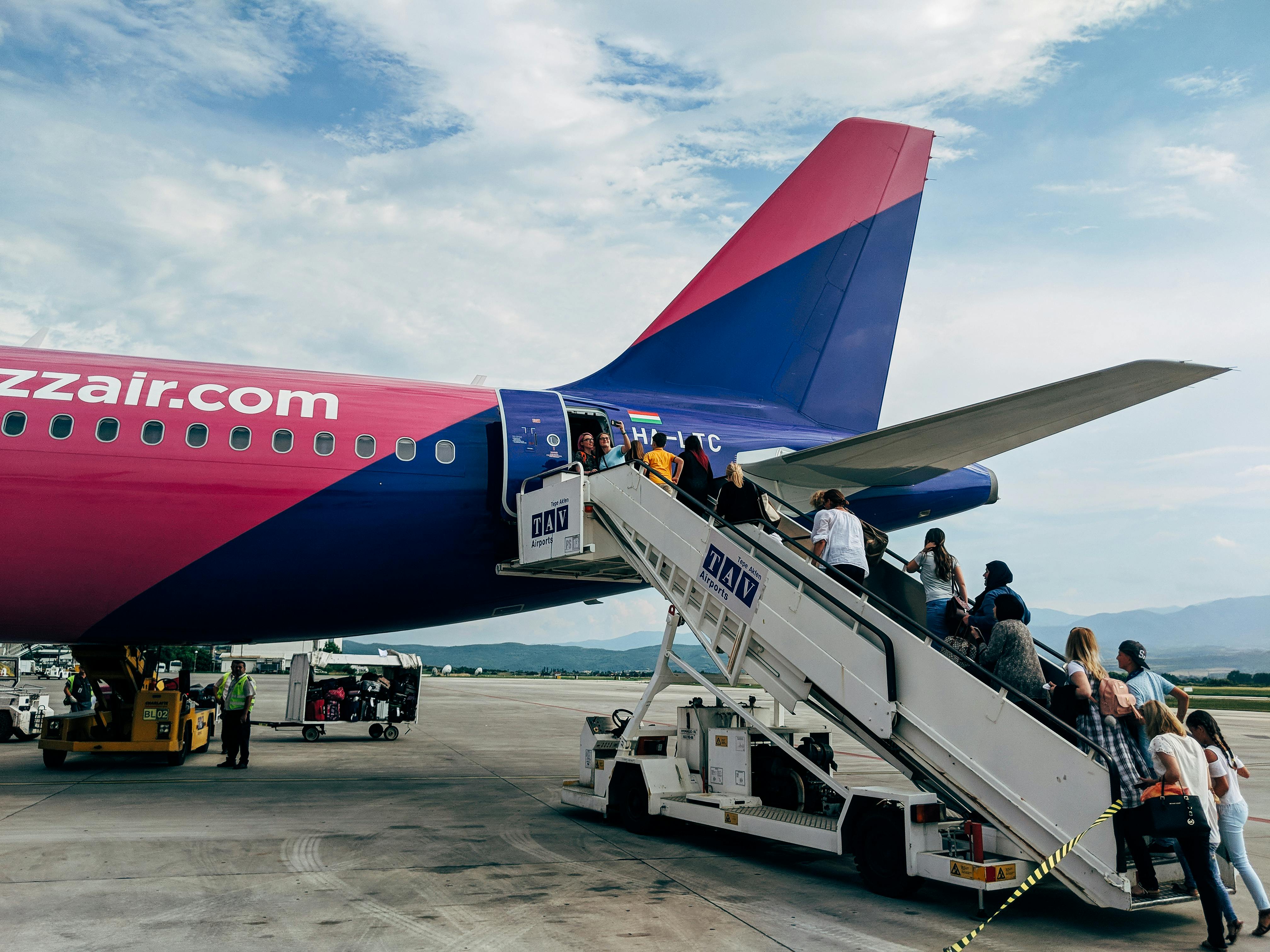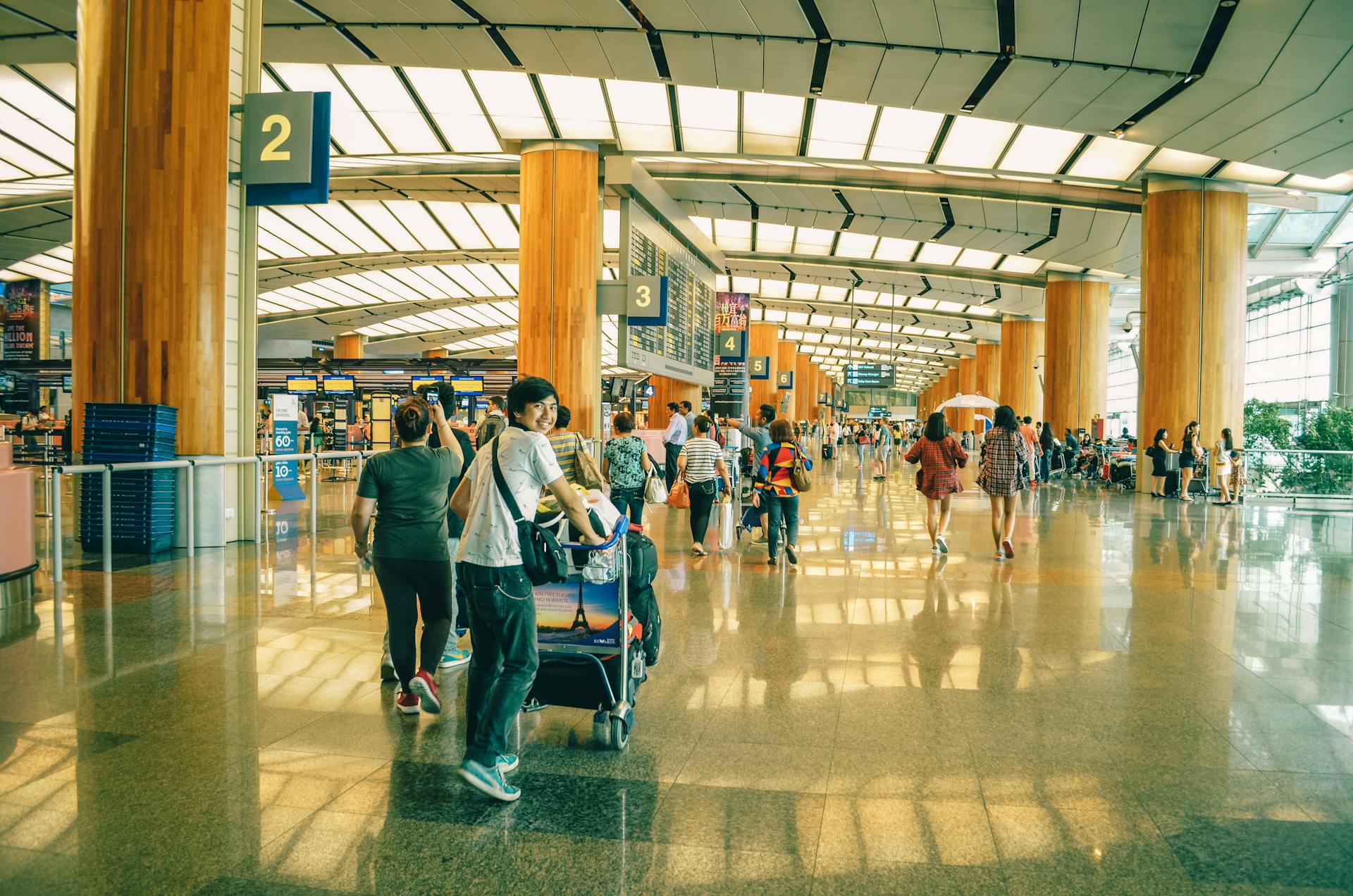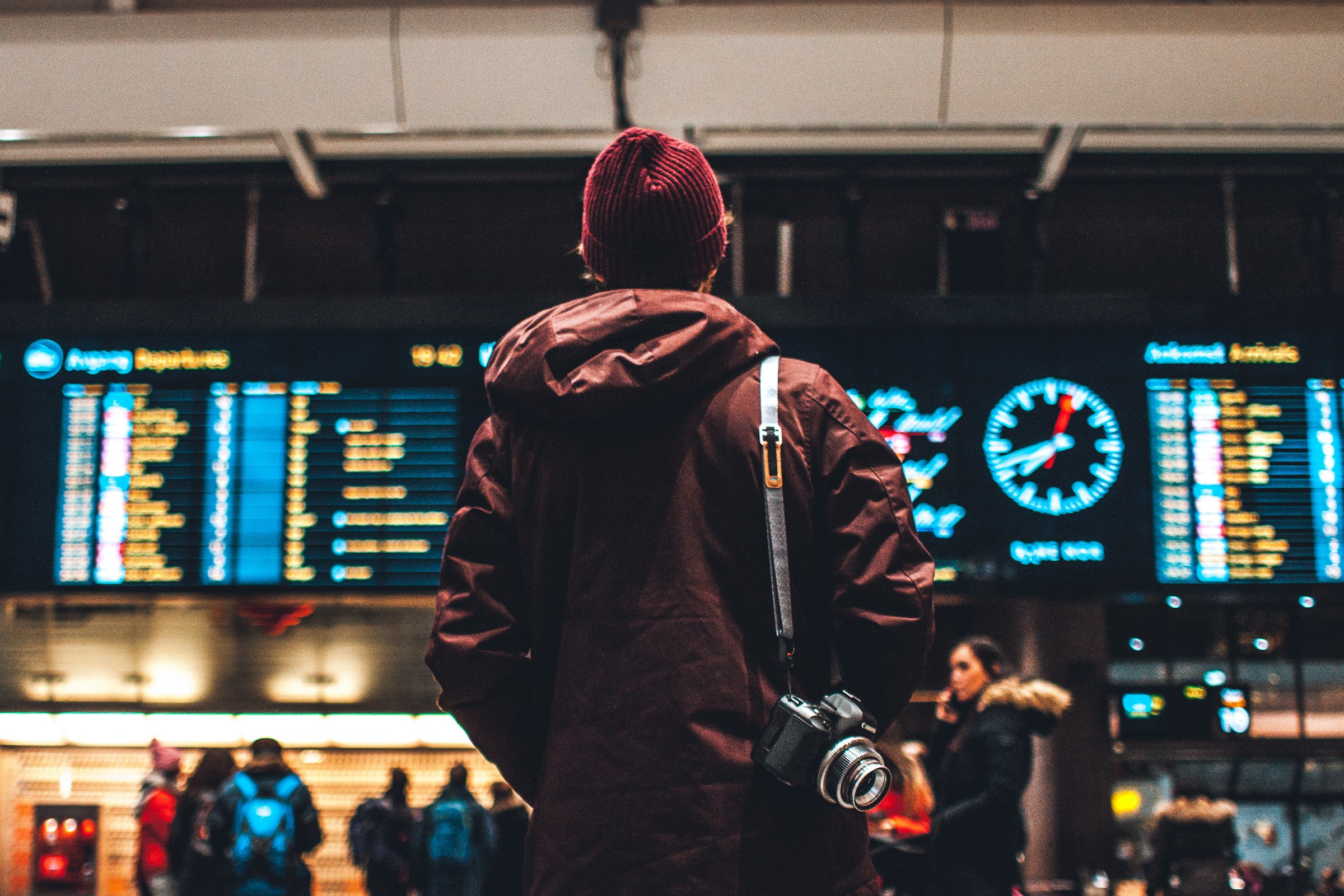Most, if not all of us, love travelling. The thrill of visiting new places across the globe, seeing new things, interacting with new people, and experiencing different cultures is all a dream come true for many.
However, with travel, especially air travel, comes the question of safety. Whether you are planning a long-haul flight or a quick weekend getaway, even with the excitement of getting to the destination, we still can't help the anxious or nervous feeling of boarding a plane.
So how safe is flying really? Let’s find out below.

Let’s start with the statistics. When we look at the data, it shows that flying has a very low accident rate compared to other travel methods. For example, in 2022, there were only 0.11 accidents for every one million flights. This is an incredibly small number. It simply means that for every one million flights, only about one or two had an accident.
Comparing this to driving, the numbers look different. Car accidents happen much more often. In fact, as statistics have it, there are many more car accidents every day compared to the number of plane accidents in a whole year.
The World Health Organization (WHO) estimates that at least 1.35 million people die globally each year due to traffic accidents. In the United States alone, the National Highway Traffic Safety Administration (NHTSA) reported a 1.37 fatality rate per 100 million vehicle miles travelled in 2021. This highlights how much more frequent and deadly car accidents are compared to plane accidents.
Trains, while generally safe, also have higher accident rates compared to flying. For instance, in 2021, the U.S. Federal Railroad Administration recorded about 2,148 train accidents, which resulted in 198 fatalities. Even though trains are a relatively safe option, they still experience more accidents and fatalities than air travel.
These figures only go to show how safe flying is. The likelihood of an accident during a flight is very low, making air travel a highly secure way to reach your destination compared to driving or taking the train.

Airlines have to follow very strict rules to make sure everything runs smoothly and safely. For starters, pilots go through a lot of training to become certified. They have to learn how to handle the plane, manage any problems that might come up, and ensure passenger safety.
Thorough plane checks are also a must on a regular basis. This includes routine inspections, repairs, and updates to make sure everything is in top shape. There are also strict rules about how a plane should be operated and detailed emergency procedures for safety.
Planes are packed with the latest technology to make flying as safe as possible. These include high-tech navigation systems that help pilots find their way, weather radar to help pilots see what the weather is like ahead, automatic systems like autopilot systems, which can help manage the plane’s speed, altitude, and direction, advanced communication systems, and more.
Pilots and flight crews are extensively trained to handle all kinds of situations. Before they can fly, they undergo thousands of hours of training, including using flight simulators that mimic real-life scenarios.
They continue to practice regularly to stay sharp and keep up with new technology and procedures. They are also prepared for various potential issues or emergencies that may arise.
Flight attendants are also skilled in safety procedures and first aid. They practice how to handle in-flight problems and emergency situations, ensuring they can assist passengers effectively if needed.
This thorough training and continuous learning help ensure that every flight is safe and well-managed.


If you want the latest information on the best Hotel Executive Club Lounges, Hotel Kids Clubs and other travel information, be sure to sign up for our free newsletter full of tips and great travel ideas.